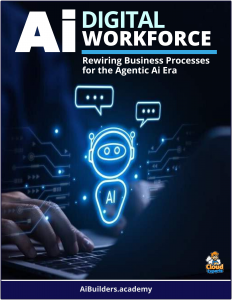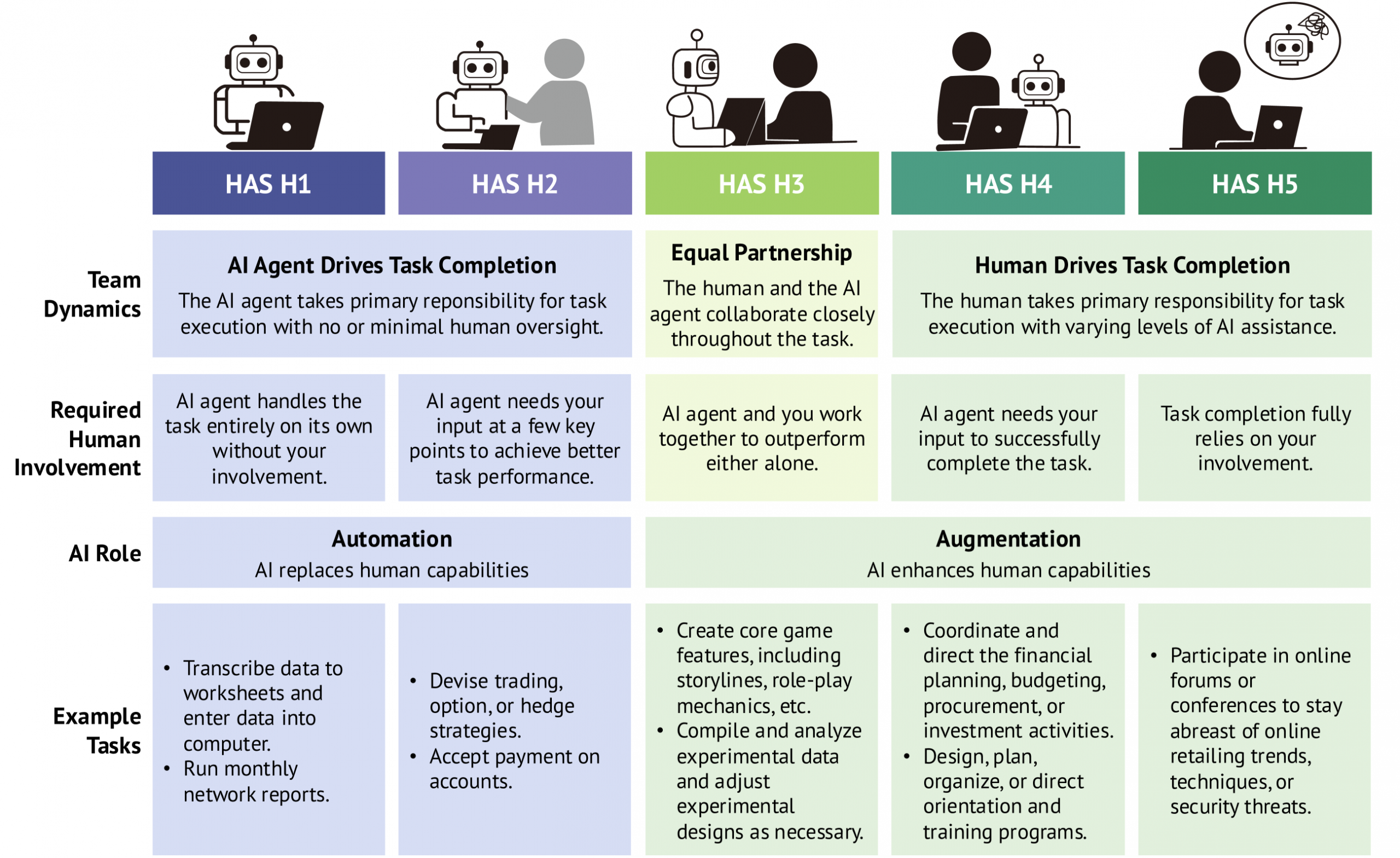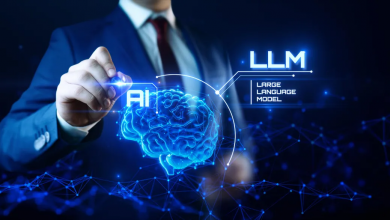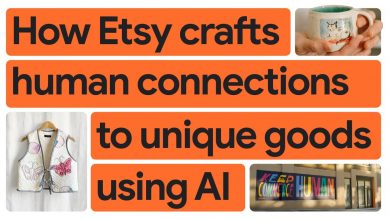 The rapid integration of artificial intelligence (AI) into the workplace is redefining the future of work, giving rise to what Josh Bersin calls the “Superworker“—a professional empowered by AI to achieve unprecedented levels of productivity, creativity, and impact.
The rapid integration of artificial intelligence (AI) into the workplace is redefining the future of work, giving rise to what Josh Bersin calls the “Superworker“—a professional empowered by AI to achieve unprecedented levels of productivity, creativity, and impact.
Unlike traditional automation, which often replaces human tasks, the Superworker paradigm emphasizes augmentation, where AI tools empower workers to perform tasks more efficiently, make better decisions, and focus on high-value, uniquely human contributions such as innovation, empathy, and strategic thinking.
For example, a Superworker in customer service might use AI to analyze customer data and suggest responses but retain final judgment to ensure empathy and nuance. Bersin argues that this augmentation enhances job satisfaction and organizational outcomes, as workers are freed from mundane tasks to engage in strategic, meaningful work.
Key enablers of the Superworker include generative AI, low-code platforms, and integrated systems that break down data silos, allowing seamless collaboration between humans and AI agents.
Human Agency Scale
This Cornell University research “Future of Work with AI Agents: Auditing Automation and Augmentation Potential across the U.S. Workforce” introduces the ‘Human Agency Scale‘ (HAS), a novel metric designed to quantify the level of human involvement or control desired in workplace tasks when integrating AI agents. It aims to capture workers’ preferences for how much autonomy, decision-making, or oversight they wish to retain in tasks that could be automated or augmented by AI.
The HAS evaluates the extent to which workers want to maintain control over tasks versus delegating them to AI systems. It addresses concerns about loss of human agency and overreliance on automation in the workplace.
The scale likely assigns numerical or categorical values to reflect varying degrees of desired human involvement. For example, a task might score high on the HAS if workers prefer to retain significant decision-making authority (e.g., in creative or interpersonal tasks) and low if they are comfortable with full automation (e.g., repetitive data processing).

The scale provides a structured way to assess the balance between human agency and AI intervention across various occupational tasks. The HAS highlights tasks where human agency is valued, such as those involving interpersonal interactions, ethical judgments, or complex decision-making, versus tasks where automation is preferred, like routine or repetitive activities.
For instance, a task like data entry, which involves repetitive entry of numerical data into spreadsheets, might score low, around a 2 out of 10, as workers likely favor AI handling such routine tasks with minimal human oversight, perhaps limited to error checking. This aligns with the article’s finding that information-processing tasks are prime candidates for automation.
In contrast, a task like client relationship management, which requires emotional intelligence and nuanced communication to build trust, would likely score high, around a 9 out of 10. The research emphasizes that workers value maintaining control over interpersonal tasks, preferring AI to provide augmentation, such as data insights, rather than full automation.
Similarly, creative content development, such as writing marketing copy or designing campaigns, might score around an 8 out of 10, as workers prioritize human oversight for creative output while allowing AI to assist with drafting or ideation.
Conclusion
As enterprises transition towards full Agentic Process Automation they must navigate challenges like integration complexity, cultural resistance, and ethical governance to fully realize this potential.
By aligning AI adoption with worker preferences, as guided by the HAS, organizations can foster a future where Superworkers thrive, blending human ingenuity with AI-driven efficiency to drive innovation and maintain competitive advantage in an increasingly dynamic global landscape.



